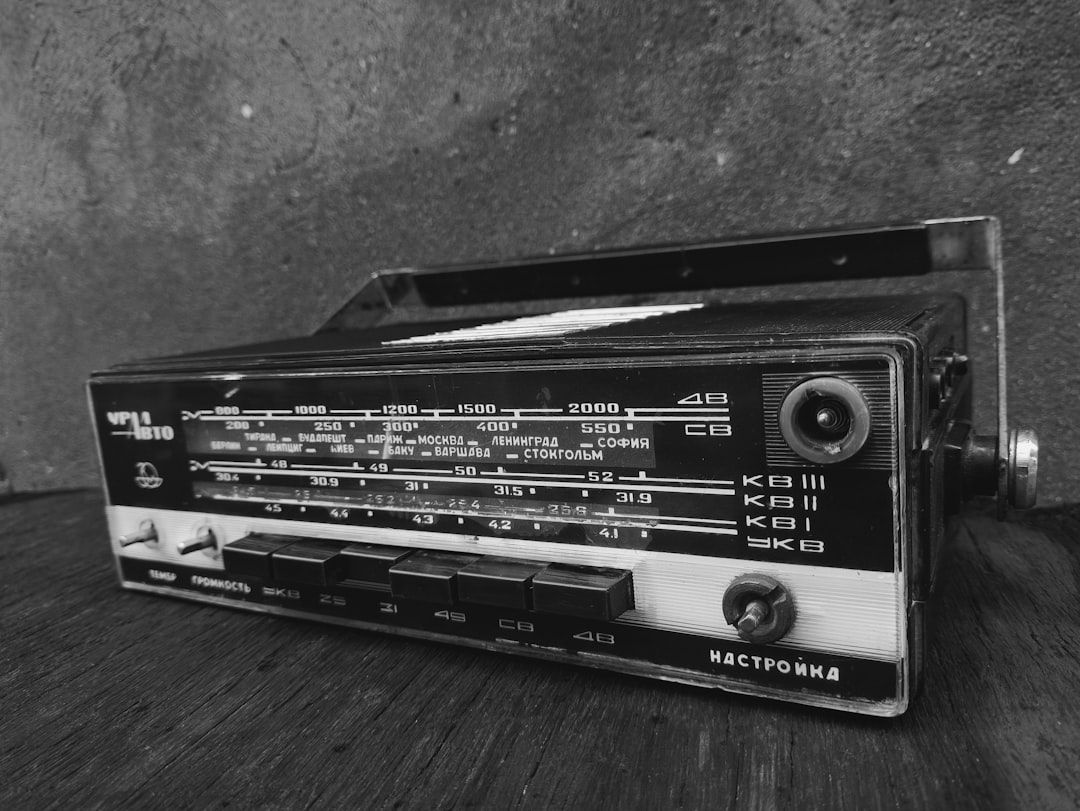The 1920s, often referred to as the “Roaring Twenties,” was a transformative decade marked by significant technological advancements that reshaped various aspects of society. From entertainment and leisure to transportation and household appliances, the innovations of this era laid the foundation for the modern world. This article explores the profound impact of technology in the 1920s, focusing on key areas such as entertainment, transportation, household appliances, communication, and industrial technology.
Entertainment and Leisure

The 1920s saw a revolution in entertainment and leisure activities, driven by technological advancements. The decade is famously known for the Jazz Age, a period characterized by the popularity of jazz music and dance. The phonograph, an early record player, became a household staple, allowing people to enjoy music in the comfort of their homes. This technological breakthrough not only revolutionized the music industry but also contributed to the cultural vibrancy of the era.
The Rise of Cinema
The film industry experienced exponential growth in the 1920s, with Hollywood becoming the epicenter of cinematic production. Silent films dominated the early part of the decade, but the introduction of “talkies” in 1927, with the release of “The Jazz Singer,” marked a significant milestone. This innovation transformed the movie-going experience, making it more engaging and immersive. The widespread popularity of cinema provided a new form of entertainment that captivated audiences worldwide.

Cinema became a cultural phenomenon, with movie stars becoming household names. The construction of grand movie palaces added to the allure, creating a magical environment for filmgoers. These theaters were architectural marvels, offering an escape from the everyday life and enhancing the cinematic experience.
The Radio Boom
Another significant technological advancement in the 1920s was the widespread adoption of radio. The radio became a primary source of entertainment and information, broadcasting music, news, and live events to millions of listeners. The establishment of radio networks enabled nationwide broadcasts, fostering a sense of shared experience among the American public. This breakthrough in communication technology played a crucial role in shaping the cultural and social landscape of the decade.
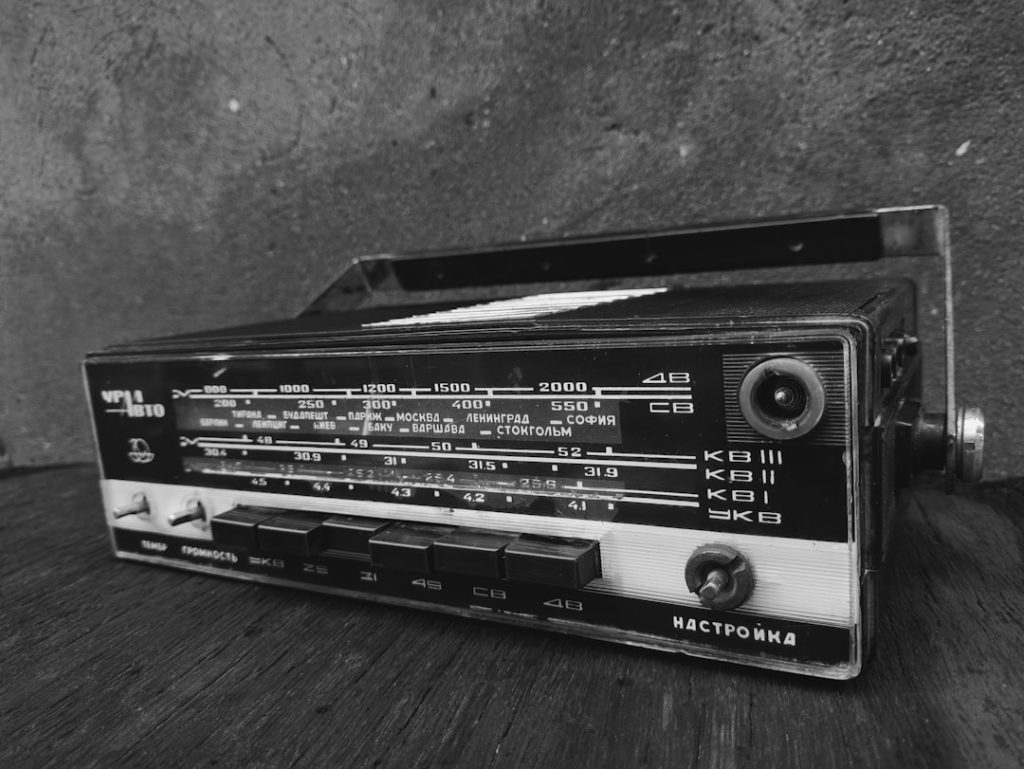
Radio allowed for the rapid dissemination of new music styles, such as jazz and blues, which had a profound impact on American culture. It also brought sports events, political speeches, and serialized dramas into homes, creating a new form of communal entertainment. The radio’s influence extended beyond entertainment, as it became a tool for education and public service announcements.
Jazz and Dance Craze
The Jazz Age was characterized by the proliferation of jazz music, which became the soundtrack of the decade. Jazz clubs and dance halls sprang up across the country, attracting young people eager to experience the new music and dance styles. The Charleston, the Shimmy, and the Black Bottom became iconic dances of the era, reflecting the exuberance and freedom of the times.

Jazz music was not just a form of entertainment; it was a cultural movement that challenged social norms and racial barriers. African American musicians played a pivotal role in the development of jazz, bringing their unique styles and rhythms to a wider audience. The popularity of jazz also led to the growth of the recording industry, with record labels signing artists and producing albums that would spread the music even further.
Transportation Revolution

The 1920s witnessed a revolution in transportation, driven by technological innovations that transformed how people traveled and connected. The most notable development was the mass production of automobiles, spearheaded by Henry Ford’s assembly line techniques.
The Automobile Boom
The introduction of affordable cars, such as the Ford Model T, made automobile ownership accessible to the average American. This revolutionized personal transportation, providing unprecedented mobility and freedom. The proliferation of automobiles led to the construction of roads and highways, further facilitating travel and commerce. The automobile boom not only transformed urban landscapes but also had a profound impact on rural communities, connecting them to larger markets and opportunities.
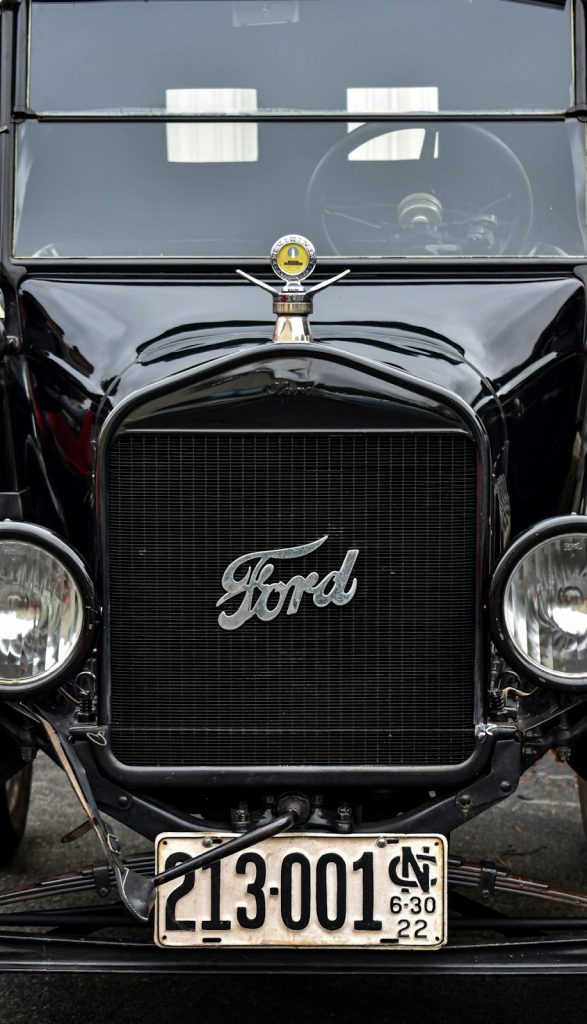
Automobiles changed the way people lived and worked, allowing for the growth of suburbs as people could now commute to cities for work. The car culture also gave rise to new businesses, such as service stations, motels, and roadside diners. This era marked the beginning of a new social dynamic, where road trips and family vacations by car became a popular pastime.
Advances in Aviation
The 1920s also marked significant advancements in aviation technology. Charles Lindbergh’s historic solo transatlantic flight in 1927 captured the world’s imagination and highlighted the potential of air travel. The development of commercial aviation began to take shape, with airlines offering passenger services on a limited scale. These early advancements laid the groundwork for the future growth of the aviation industry, making air travel a viable option for long-distance journeys.

The decade saw the establishment of the first commercial airlines and airports, making air travel more accessible. Air mail services also expanded, improving communication and commerce. The achievements of pioneering aviators inspired further innovations in aircraft design and navigation technologies.
Public Transportation Improvements
Public transportation also saw significant improvements during the 1920s. Streetcars and buses became more widespread, providing affordable and efficient means of transportation within cities. This development helped reduce traffic congestion and made urban areas more accessible.
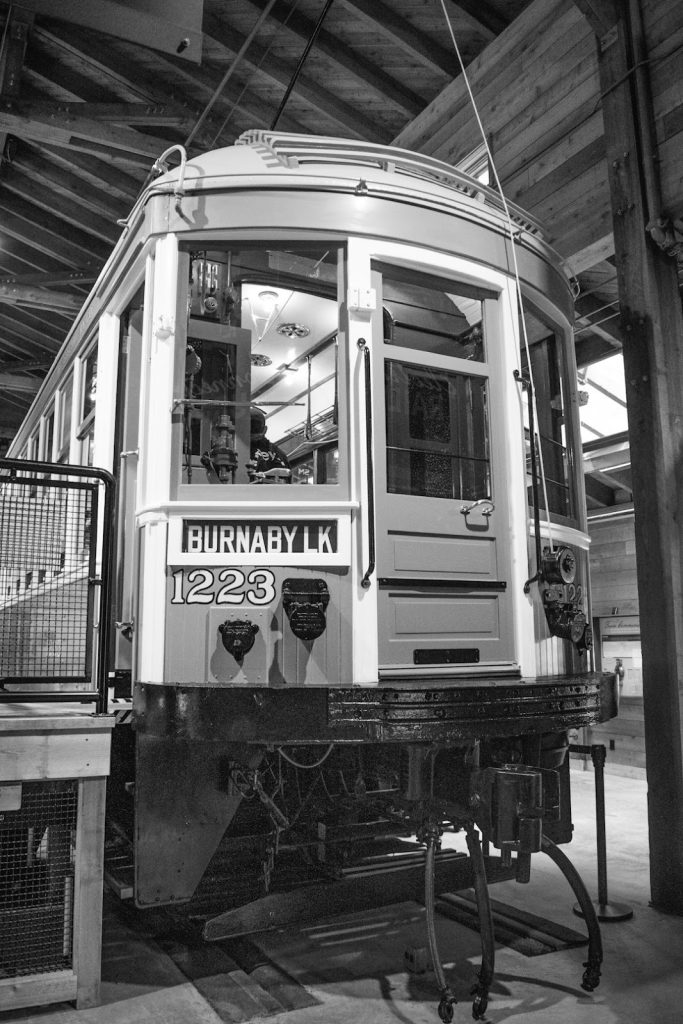
The expansion of public transit systems facilitated the growth of cities and suburbs, influencing patterns of urban development. Innovations such as electric streetcars and buses contributed to a cleaner and more efficient transportation network. Public transportation played a crucial role in supporting the economic and social activities of urban populations.
Household Appliances

Technological innovations in the 1920s extended to household appliances, transforming domestic life and improving the standard of living for many families. The introduction of electric appliances revolutionized household chores, making them more efficient and less labor-intensive.
The Electric Refrigerator
One of the most significant household innovations of the 1920s was the electric refrigerator. Before its invention, food preservation relied on iceboxes and other rudimentary methods. The electric refrigerator provided a more reliable and convenient solution for keeping food fresh, reducing the need for daily grocery shopping and minimizing food waste.

The refrigerator became a symbol of modernity and convenience, changing the way people shopped and stored food. It allowed for a greater variety of perishable goods to be kept at home, improving nutrition and meal planning. The widespread adoption of refrigerators also spurred the growth of the food retail industry, with supermarkets becoming more common.
The Washing Machine
Another groundbreaking appliance was the electric washing machine. Prior to its introduction, laundry was a time-consuming and physically demanding task. The electric washing machine automated the process, significantly reducing the effort and time required to clean clothes. This innovation liberated households from the drudgery of manual washing and contributed to improved hygiene and cleanliness.

The washing machine became a household necessity, revolutionizing domestic chores and freeing up time for other activities. It also had a significant impact on the clothing industry, as easier laundry care meant that people could afford to have more clothes. The appliance industry continued to innovate, introducing features like spin-drying and automatic controls.
Vacuum Cleaners and Kitchen Appliances
The 1920s also saw the introduction of other electric appliances, such as vacuum cleaners and electric stoves. These devices further streamlined household tasks, making cleaning and cooking more efficient. The vacuum cleaner, in particular, became an essential tool for maintaining cleanliness in homes.

Electric stoves and ovens revolutionized cooking, providing more consistent and controllable heat than traditional wood or coal stoves. These appliances contributed to the development of modern kitchens and influenced culinary practices. The proliferation of household appliances marked a significant shift towards greater convenience and improved living standards.
Communication Breakthroughs
The 1920s witnessed remarkable advancements in communication technology, bridging distances and facilitating the exchange of information.
The Telephone
The telephone, although invented in the late 19th century, became more widespread and accessible in the 1920s. The expansion of telephone networks and the introduction of automatic exchanges improved connectivity and convenience. This technological breakthrough transformed personal and business communication, making it faster and more efficient.

The telephone became an indispensable tool for businesses, enhancing communication and coordination. It also played a crucial role in emergency services, allowing for rapid response to crises. The growth of telephone infrastructure supported economic development and contributed to the integration of rural and urban areas.
The Telegraph
The telegraph, another key communication technology, continued to play a vital role in the 1920s. It enabled rapid transmission of messages over long distances, facilitating communication for businesses, governments, and individuals. The telegraph’s significance persisted until it was eventually supplanted by more advanced communication technologies.

Telegraphy supported the operations of railways, shipping lines, and financial markets, ensuring the smooth flow of information. It also played a role in international diplomacy and news reporting, helping to keep the world informed. The reliability and speed of the telegraph made it a critical component of the communication infrastructure.
Advances in Broadcasting
The 1920s saw the emergence of new broadcasting technologies, such as shortwave radio. This innovation allowed for the transmission of radio signals over long distances, enabling international communication. Shortwave radio became a valuable tool for diplomacy, news dissemination, and cultural exchange.
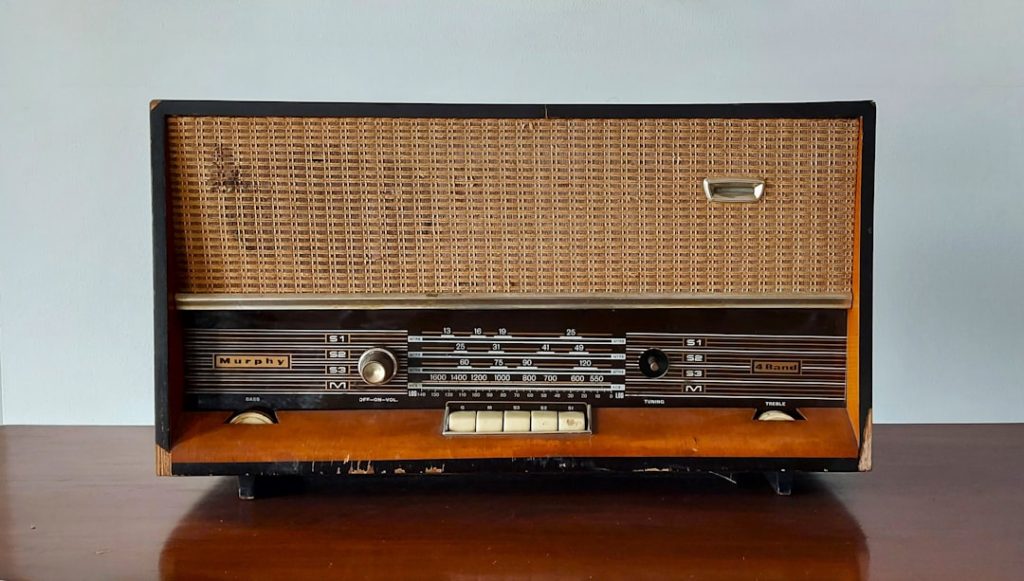
Broadcasting advancements also included improvements in sound quality and signal strength, enhancing the listening experience. These innovations laid the foundation for the future growth of global communication networks. The ability to reach audiences across continents had a profound impact on international relations and cultural exchange.
Industrial Technology

The industrial sector experienced significant technological advancements in the 1920s, driving economic growth and transforming production processes.
Assembly Line Production
Henry Ford’s introduction of assembly line production in the early 20th century revolutionized manufacturing. This innovation reached its peak in the 1920s, enabling mass production of goods at unprecedented speeds and lower costs. Assembly line techniques were adopted across various industries, leading to increased productivity and the availability of affordable consumer products.

The efficiency of assembly line production transformed industries such as automotive, textiles, and consumer electronics. It allowed for the rapid scaling of production to meet growing consumer demand. The principles of assembly line manufacturing influenced industrial practices worldwide, setting new standards for efficiency and quality.
Advances in Machinery and Tools
Technological advancements in machinery and tools further enhanced industrial production. The development of more efficient engines, precision instruments, and automated processes streamlined manufacturing operations. These innovations not only improved productivity but also contributed to the growth of industries such as automotive, textiles, and construction.
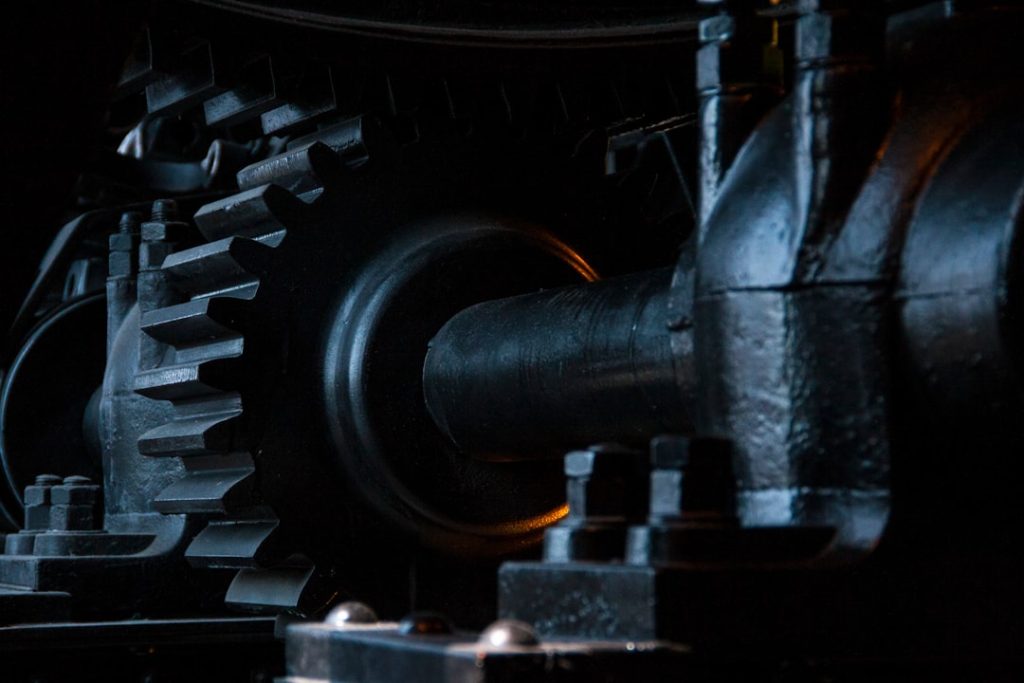
The introduction of specialized machines and tools allowed for greater precision and consistency in manufacturing. Automation reduced the need for manual labor, increasing output and reducing costs. These advancements supported the expansion of industrial capacity and the development of new products and materials.
Electrification of Industry
The electrification of industry was another significant technological advancement of the 1920s. The widespread adoption of electric power transformed industrial operations, making them more efficient and reliable. Electric motors replaced steam engines and other power sources, leading to greater flexibility and control in manufacturing processes.

Electrification also enabled the development of new industrial processes and technologies, such as electroplating and electric arc welding. The availability of reliable electric power supported the growth of industries and the expansion of urban infrastructure. This transformation had a lasting impact on industrial practices and economic development.
Conclusion
The 1920s was a decade of remarkable technological advancements that reshaped various aspects of society. From the rise of cinema and radio to the revolution in transportation and household appliances, these innovations had a profound impact on entertainment, communication, and daily life. The advancements in industrial technology fueled economic growth and transformed production processes, laying the foundation for the modern industrial landscape. The legacy of the 1920s continues to influence our world today, highlighting the enduring value of technological innovation.

The impact of the technological advancements of the 1920s is still felt today, as they laid the groundwork for many modern conveniences and industries. The decade’s innovations fostered a culture of progress and optimism, inspiring future generations to continue pushing the boundaries of what is possible. As we reflect on this transformative era, it becomes clear that the spirit of innovation and the drive to improve our world are timeless values that continue to shape our society.

